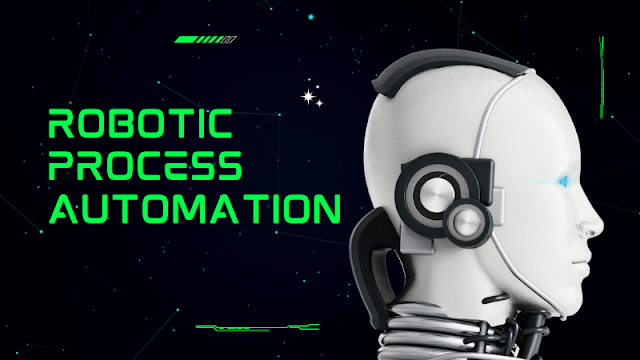Chat GPT Abstracts
Chat GPT is a language model developed by OpenAI. OpenAI is an artificial intelligence research organization based in San Francisco, California. It was founded in 2015 by a group of AI researchers and entrepreneurs, including Elon Musk, Sam Altman, and Greg Brockman.
OpenAI's goal is to develop high-quality AI technologies that are freely accessible to society at large . To achieve this, the organization conducts research in a wide variety of areas, such as deep learning, natural language processing, and machine gaming.
Chat GPT is one of the many projects that OpenAI has developed. It is a language model that has been trained with a large amount of text data to be able to perform a wide variety of tasks related to natural language.
Its ability to understand the context and intent behind user questions or queries make it a very useful tool for developing chatbots and improving accuracy in information search systems.What is GPT Chat used for?
Chat GPT has been trained to perform a wide variety of natural language related tasks.
This makes it a very useful tool for various applications , such as the automatic generation of responses in a chatbot or the improvement of precision in information search systems.
Here are four key points where the Chat GPT language model can be used:
Text Generation – The model can be used to generate coherent and natural text, whether in the form of stories, articles, or answers to questions.
Improving accuracy in search systems – The model can help improve accuracy in information search systems, as it can understand the context and intent behind user queries.
Chatbot development : The model can be used to develop chatbots that can have natural conversations with users, consistently and accurately responding to their questions.
Natural language processing improvement : The model can be used to improve natural language processing in various applications, such as machine translation or sentiment detection in text.
Where does Chat GPT get the information to be able to generate complex responses?
Chat GPT has been trained on a large amount of text data to be able to perform a wide variety of natural language related tasks. This text data includes books, articles, news, conversations , and more, which is used to teach the model how to comprehend and generate text in a coherent and natural way.
Therefore, Chat GPT obtains the necessary information to generate complex responses from this text data, which allows it to understand the context and intent behind user questions or queries.
In addition, the model can also use other types of information, such as images or videos , to improve its ability to understand the world around it and generate more accurate and consistent responses.
Other OpenAI language developments
- Thanks to OpenAI, some of the world’s most advanced and highest performing language models have been developed. Some of OpenAI’s most prominent language models include:
- It is a generative language model that has been trained on a large number of texts and can generate high quality content on a wide range of tasks.
- It is an even more advanced generative language model than GPT, with significantly more processing power and performance.
- It is a natural language processing model that has revolutionized the way many NLP tasks are approached and has set new standards in performance, across a wide range of tasks.
- It is a text-based image generation model that can generate realistic images from natural language descriptions.
- It is the largest and most advanced language model that has been developed to date by OpenAI, with even greater processing power and performance than its predecessors.
https://www.xataka.com/basics/chatgpt-que-como-usarlo-que-puedes-hacer-este-chat-inteligencia-artificial
https://www.atriainnovation.com/en/how-does-chat-gpt-work/
https://edem.eu/chat-gpt-que-es-para-que-sirve-y-su-aplicacion-en-la-economia-explicado-por-chat-gpt/


